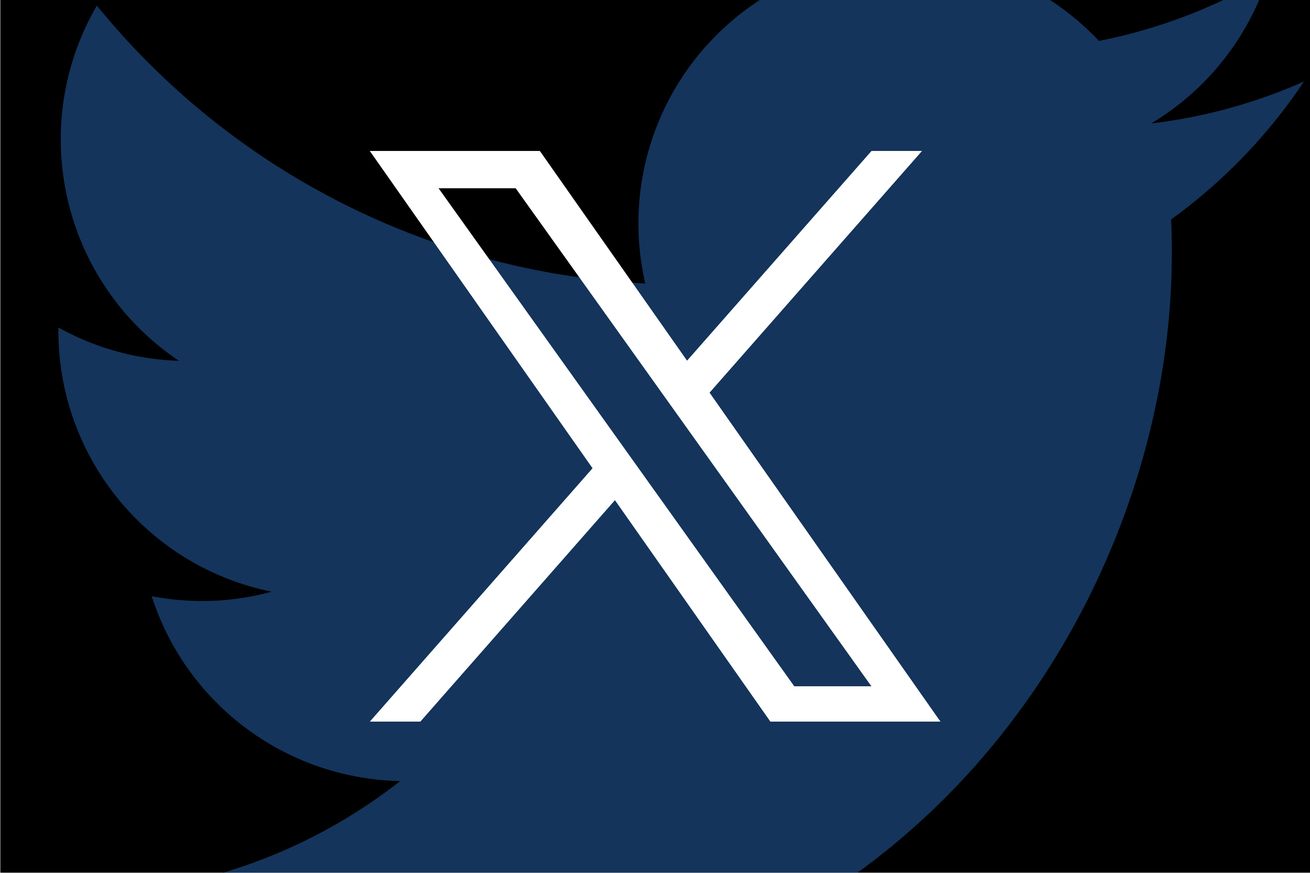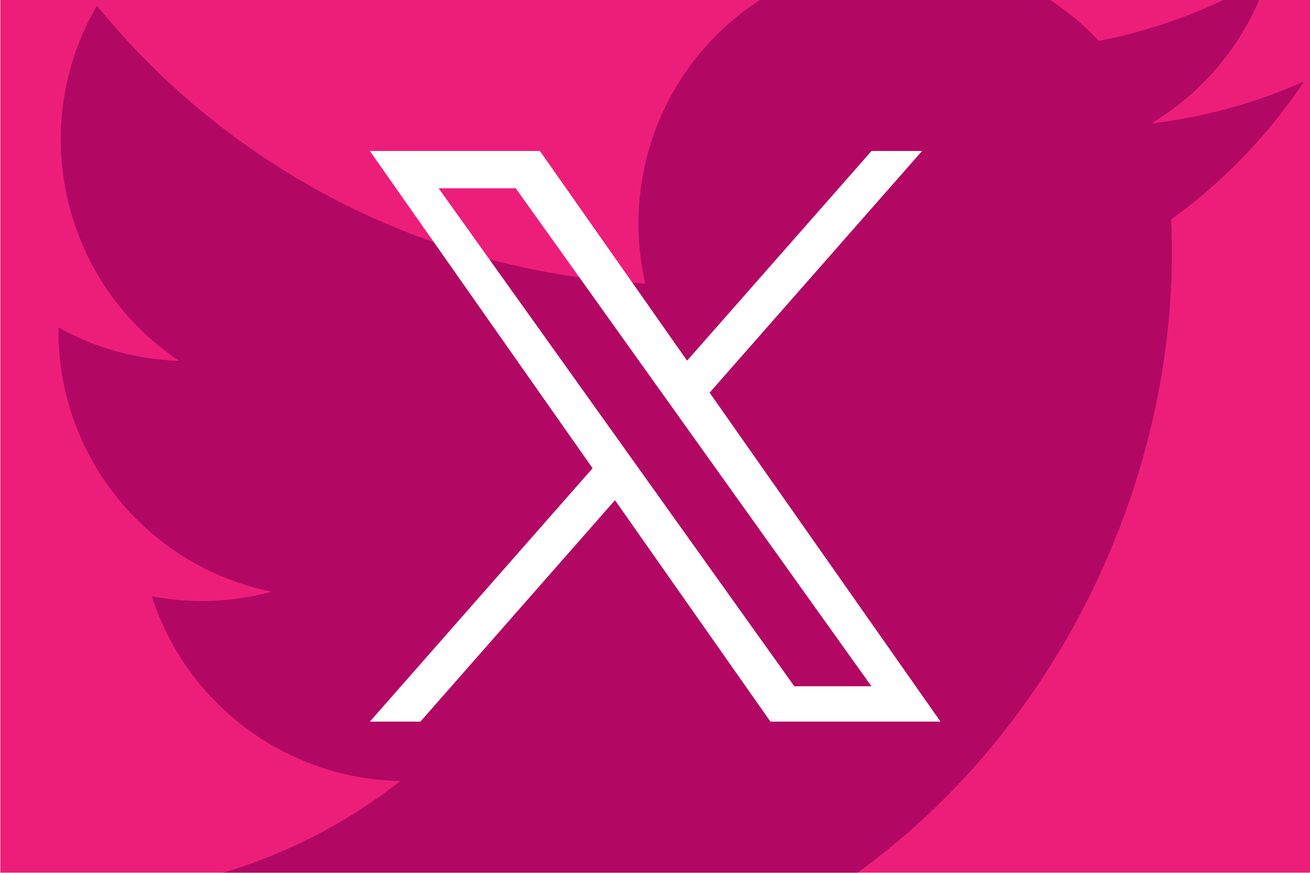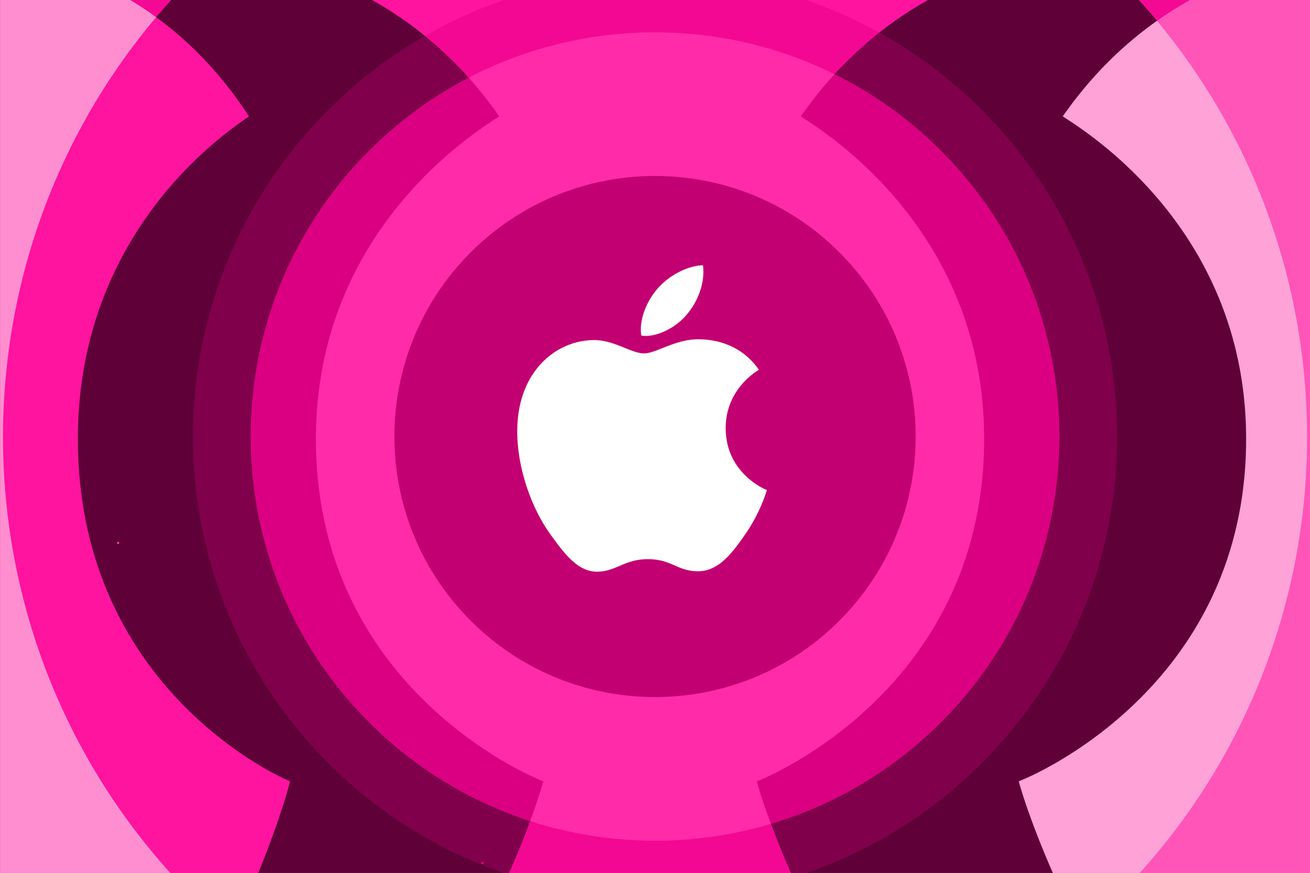The LG 27GR95QE-B is a tantalizing taste of what’s to come.
We’ve come so far. In a year or three, I wouldn’t be surprised if OLED supplants IPS, VA, and high-refresh-rate TN panels as the PC gamer’s screen of choice.
Because the 27-inch panel inside a wave of new monitors, including the LG 27GR95QE-B I’m reviewing today, is almost — nearly — not quite — the best of all worlds.
For years, buying a gaming monitor has meant huge tradeoffs. You couldn’t get amazing color, deep blacks, competitive refresh rates, high resolution, and excellent viewing angles all in a single screen. The rule of thumb was IPS for bright rooms, VA for dark ones, and TN only if you absolutely, positively needed the highest refresh rates — or a budget panel.
But OLED panels can theoretically do it all if you’ve got the cash. They’ve already taken over high-end phones because their true blacks and brilliant organic colors say “premium” like nothing else. I swear by my OLED TV. But as I saw when I tried turning a 48-inch LG OLED television into my desktop monitor for work and play, there’s been plenty holding them back. They need a monitor-like size, controls, and a way to address desktop PC burn-in fears without so much auto-dimming that I want to claw my eyes out.
The $999 LG 27GR95QE-B and friends are most of the way there. These screens are 100 nits of sustained brightness, a warranty update, and a decent sale away from winning me over for good.
The LG 27GR95QE-B, specifically, is a 26.5-inch, 2560 x 1440 OLED screen with a 240Hz refresh rate over DisplayPort 1.4 or either of its twin HDMI 2.1 ports. It supports Nvidia G-Sync, AMD FreeSync Premium, and generic 48–120Hz VRR at up to a downscaled 4K resolution for your PS5, Xbox, or streaming gadget. (I fired up The Touryst, one of the few native 4K 120Hz games for PS5, and it worked smoothly downscaled to 1440p.)
/cdn.vox-cdn.com/uploads/chorus_asset/file/24826763/lg_27_oled_sean_hollister_020.jpg)
/cdn.vox-cdn.com/uploads/chorus_asset/file/24826764/lg_27_oled_sean_hollister_019.jpg)
/cdn.vox-cdn.com/uploads/chorus_asset/file/24826766/lg_27_oled_sean_hollister_005.jpg)
The monitor has a simple USB hub with two 5Gbps USB-A ports; it raises, tilts, swivels, and pivots on its included click-in stand; and it comes with a miniature TV remote to switch inputs, brightness, and adjust volume for its 3.5mm headphone jack. There’s no USB-C port for single-cable docking, I’m afraid — laptop users will need to charge them elsewhere.
The LG 27GR95QE-B is most definitely not the only monitor with this screen inside. In fact, I keep hearing this Asus PG27AQDM, with the same exact LG OLED panel, has a slight edge in brightness and creature comforts (like a built-in joystick to control the OSD). But after replacing my regular 27-inch 1440p IPS screen with LG’s 27-inch 1440p OLED for three whole months, I feel like I need to share with you how few compromises are left.
Until April of this year, my daily driver desktop monitor was a 27-inch Asus TUF VG27AQ. I picked it because Rtings rated it one of the very best all-around monitors at the time — save for crummy HDR and the “IPS glow” that makes blacks look gray in a dark room. It’s long been flanked by two ancient Dell U2412M monitors I stand vertically so I can keep an eye on Slack and Discord and Facebook Messenger and... well, whatever’s replacing Twitter next.
Before, adding OLED meant dismantling that entire setup to fit at least a giant 34-inch monitor on my desk, if not a 42- or 48-inch TV. But with this LG, it’s finally a direct replacement: 27-inch monitor out, 27-inch monitor in. I just had to shove my Synology NAS and mousepad a bit further away to fit LG’s large V-shaped stand.
The first test: would I notice a deal-breaking difference? Could I truly drop this monitor into my Verge-editing, game-blasting battlestation without missing a beat — and without babying the screen to avoid burn-in? I decided I’d never turn off the monitor manually, or hide my taskbar, or any of the things you’re theoretically supposed to do to protect an OLED screen. I would rely entirely on the monitor’s built-in protections and see what would happen.
There was one hitch. A few hours into my very first workday, LG’s auto-brightness-limiting anti-burn-in techniques were already driving me up the wall. I’ll point you to this good TFTCentral explainer if you want to read about ABL, ASBL, and TPC because I’m pleased to say they aren’t as relevant to this review as I feared. The short version is that the more of the screen that’s covered in bright white objects, the more the screen dims — an utter travesty for desktop work because most websites and applications are white even if you enable dark mode in your OS.
/cdn.vox-cdn.com/uploads/chorus_asset/file/24826819/asus_abl.gif)
But after I installed a firmware update (via LG’s OnScreen Control app), that irritation disappeared. For the past three months, I’ve been working on an OLED screen that never abruptly, infuriatingly dims!
I understand that isn’t the case for every monitor that uses LG’s 27-inch OLED panel. With the Asus PG27AQDM, it’s actually optional: you have to turn on a setting called Uniform Brightness in a settings menu. But with the firmware update, LG made Uniform Brightness the default on the LG 27GR95QE-B, and it’s the key to making OLED the one screen to rule them all.
Here’s the thing: Uniform Brightness means, by definition, that LG is turning down the brightness of the entire screen to a set level... and you may have heard correctly that these LG panels are relatively dim! I’ll lean on reviewers with professional equipment to tell you we’re talking around 200 nits of brightness, a far cry from the 1,000-nit peak you might have seen advertised. (More on that peak in a sec.)
/cdn.vox-cdn.com/uploads/chorus_asset/file/24826767/lg_27_oled_sean_hollister_007.jpg)
During work hours, this actually didn’t bug me much! I never run my desktop monitors at anything close to their peak — my old IPS screen is set closer to 100 nits as I write these words late into the evening, and I’ll boost the screen to around 200 during the day. But when my wife occasionally opens up the curtains, it’s true that the LG OLED doesn’t have any extra oomph to power through the sheen on its anti-glare screen. And when it’s time to game or watch Netflix, I would often find myself stabbing the bundled remote’s “raise brightness” key only to find out it was already maxed.
There is one other potential wrinkle for desktop work: LG’s WOLED subpixel arrangement, which doesn’t perfectly line up its red, green, blue, and extra white subpixels, can lead to slightly less crisp, occasionally color-fringed icons and text compared to traditional RGB stripe panels. But that was never a problem for me. It wasn’t until I switched back to my IPS screen three months later that I noticed documents were slightly crisper. And frankly, a 27-inch 1440p monitor less than two feet from my face is no Retina display — neither OLED nor IPS can keep me from seeing rough pixel edges at that pixel density (110ppi) and distance, so it feels like a minor tradeoff.
/cdn.vox-cdn.com/uploads/chorus_asset/file/24826785/lg_27_oled_sean_hollister_008.jpg)
But the OLED was clearly superior in almost every game I played. And when I say “clearly,” I literally mean the clarity. It feels slightly more like looking through a window into another world and slightly less like looking at a screen.
As you probably know, OLED screens have incredible contrast because of their true black levels. Their pixels generate light and can turn off that light entirely; there’s no backlight here, which means less haze in dark scenes. They’re also incredibly responsive, leading to glassy, clear motion that’s beyond all but the fastest LCD screens. (I used Blur Busters’ popular UFO test to check, but any well-engineered game with a high enough frame rate works.) That was true even of the 120Hz OLED TV I tried to use as a monitor; this one runs at 240Hz, and it’s such a smooth experience.
What can amp up that clarity even further is HDR, which I’ve often described as removing a haze from whatever you’re looking at, letting dark be dark and light be light instead of compressing all the colors in between. HDR is also where you can actually access the panel’s nearly 1,000-nit peak. But HDR still has issues on Windows — and some additional ones on this monitor, I’m sorry to say.
/cdn.vox-cdn.com/uploads/chorus_asset/file/24826805/lg_27_oled_sean_hollister_009.jpg)
With the right game, it’s phenomenal. Gears 5 begins with chrome-covered soldiers rappelling down from a helicopter through a rainbow and past a sunlit waterfall to explore dark caves by the light of a drone with glowing blue repulsors for levitation. Every part of that looks amazing because the majority of the scene is dark, with only those lights I just described — the glint of armor, ripples of sunlight in the moving water, flying sparks from a chainsaw — bursting through the scene.
On my old IPS monitor, those lights simply don’t look real; I can barely see in the dark caves because my old screen makes them muddy gray.
/cdn.vox-cdn.com/uploads/chorus_asset/file/24826803/lg_27_oled_sean_hollister_012.jpg)
Ori and the Will of the Wisps similarly sees light and dark collide, only here, Ori himself is a being of light whose every action is a flash of blue. But I started to notice that every time Ori’s powers flared, everything else on the screen got slightly darker. And when I started playing HDR games that were mostly already bright like Forza Horizon 5 or The Touryst or Genshin Impact on PS5, it was clear that LG’s 27-inch OLED panel didn’t have nearly enough sustained full-screen brightness to make, say, an island paradise feel properly lit. Firing off a Genshin Impact ultimate attack immediately dimmed the entire screen in a way I’ve never seen on my 65-inch LG OLED television.
(I even had a weird experience in Halo Infinite where throwing a grenade too close to my feet black-screened the entire monitor until I unplugged it and plugged it back in, but I couldn’t reproduce it more than twice, and it might have nothing to do with the monitor or HDR. Perhaps a video driver glitch? I’m only sharing it here in case you have the same experience — I’ve never, ever seen this happen with a monitor before.)
/cdn.vox-cdn.com/uploads/chorus_asset/file/24826802/lg_27_oled_sean_hollister_011.jpg)
Still, on balance, I’d rather play games on this monitor than even my LG OLED television. It’s just so immersive to have such a clear image so close to my face.
Movies and TV shows are a slightly different story, but that’s not really LG’s fault. Almost every streaming service is still arbitrarily nerfed on Windows. I couldn’t even get my Vudu copy of Blade Runner 2049 to play in HDR, much less 4K, and Netflix was stuck at 1080p HDR during my Windows tests regardless of which browser (or app) I used. Same with Amazon Prime Video. Same with Disney Plus. And 1080p on a 1440p monitor is, well, not the best streaming quality. YouTube works great at 1440p HDR, 4K HDR, and even 8K HDR on this monitor (slightly aliased due to downscaling), so there’s no particularly good reason why the paid subscriptions can’t (it’s because of DRM).
/cdn.vox-cdn.com/uploads/chorus_asset/file/24826844/lg_27_oled_sean_hollister_017.jpg)
But thankfully, the LG 27GR95QE-B twin HDMI 2.1 ports meant I could easily plug in my Chromecast or PS5 and stream 4K HDR video from there. The Witcher’s latest candlelit season looks mighty fine on this monitor in downscaled 4K, even if it’s a slightly better experience in native 4K on my living room OLED.
It’d be nice if I didn’t have to switch devices and modes so often with this monitor, though. I wound up adding a Windows HDR toggle button to my Stream Deck because I never want to deal with the HDR mode’s auto-dimming when I’m using the desktop. I’d probably want to rig up an Nvidia G-Sync toggle, too; I’ve played a few games, like Diablo IV, where the monitor keeps flickering in its variable refresh mode. (LG’s monitor menu actually warns about the flicker, and you can toggle off VRR there, too.)
But these are nitpicks. My only real hesitations are brightness, price, and that LG doesn’t stand behind this screen when it comes to burn-in. Bear with me, because this is going to get a little weird.
/cdn.vox-cdn.com/uploads/chorus_asset/file/24826848/lg_27_oled_sean_hollister_016.jpg)
Theoretically, we’re at a turning point for OLED desktop monitors. These 27-inch panels will maintain a fixed brightness, if a little low, indefinitely. LG must have figured out they won’t burn-in at that 200-nit mark, right?
But the company wouldn’t confirm that to me. And though LG third-party spokesperson Jordan Guthmann originally told me that the standard two-year warranty does cover image retention “except in very certain use cases,” the actual warranty document that shipped alongside this monitor disagrees. There, LG specifically wrote that “burned-in images resulting from improper usage as described in the user manual” aren’t covered under warranty.
Speaking of improper and proper usage, the user manual doesn’t actually contain those phrases — but it does point out that static desktop icons, fixed windows, menus, and web browser bars are things that could put your monitor at risk of image retention. It sure sounds like normal desktop use is not recommended!
When I brought that up with Guthmann, he told me that LG was in the process of updating its warranty — and that a new version will specifically call out normal desktop features like static images and fixed menus as “not being a misuse case.” Similarly, although the user manual recommends turning Screen Move on, Guthmann says it’s okay that it’s off by default. “The warranty still applies even if it isn’t turned on.”
That new warranty language was supposed to be final in a few days. But 48 days later, the only change LG has made is removing that line about “burned-in images” from the warranty. Today, it’s not clear whether burn-in is covered at all.
Frankly, a two-year burn-in warranty might be the bare minimum. My 65-inch OLED TV didn’t start showing signs of it for closer to four years. After 5,700 hours of use, I mostly only notice it in animated movies and games with lots of color gradients.
Desktop work monitors, meanwhile, can easily be on for many more hours in a row than your average TV. So far, I’ve only put in about 700 hours on the LG 27GR95QE-B, and I haven’t yet found a test image that shows any burn-in at all.
If LG wants my money for a desktop OLED monitor, here’s what I’d like to see: first, 100 extra nits of sustained brightness across the entire screen, something Samsung has mostly managed with the QD-OLED panel you’ll find in the 34-inch ultrawide Alienware AW3423DWF. Second and more importantly, a warranty that actually sets my mind at ease. When those things arrive in a future wave of OLED, I’ll be lining up to put my money down.
Photography by Sean Hollister / The Verge


/cdn.vox-cdn.com/uploads/chorus_asset/file/24827375/Alienware_Aurora_R16_Standard_2.jpg) Image: Alienware
Image: Alienware
/cdn.vox-cdn.com/uploads/chorus_asset/file/24827327/Alienware_Aurora_R16_System_Infographic.png) Image: Alienware
Image: Alienware
/cdn.vox-cdn.com/uploads/chorus_asset/file/24827370/Alienware_Aurora_R16_Lifestyle_4.png) Image: Alienware
Image: Alienware
/cdn.vox-cdn.com/uploads/chorus_asset/file/24827360/Alienware_Aurora_R16_Standard_34.png) Image: Alienware
Image: Alienware
/cdn.vox-cdn.com/uploads/chorus_asset/file/24827339/Alienware_Aurora_R16_Standard_29.png) Image: Alienware
Image: Alienware
/cdn.vox-cdn.com/uploads/chorus_asset/file/24827383/Alienware_Aurora_R16_Standard_39.png) Image: Alienware
Image: Alienware
/cdn.vox-cdn.com/uploads/chorus_asset/file/24827386/Alienware_Aurora_R16_Standard_39.png) Image: Alienware
Image: Alienware
/cdn.vox-cdn.com/uploads/chorus_asset/file/24827340/Alienware_Aurora_R16_Standard_27.png) Image: Alienware
Image: Alienware
/cdn.vox-cdn.com/uploads/chorus_asset/file/24827347/Alienware_Aurora_R16_Standard_28.png) Image: Alienware
Image: Alienware
/cdn.vox-cdn.com/uploads/chorus_asset/file/24827333/Alienware_Aurora_R16_Standard_11.png) Image: Alienware
Image: Alienware
/cdn.vox-cdn.com/uploads/chorus_asset/file/24827353/Alienware_Aurora_R16_Standard_17.png) Image: Alienware
Image: Alienware
/cdn.vox-cdn.com/uploads/chorus_asset/file/24827348/Alienware_Aurora_R16_Standard_15.png) Image: Alienware
Image: Alienware
/cdn.vox-cdn.com/uploads/chorus_asset/file/24827346/Alienware_Aurora_R16_Standard_25.png) Image: Alienware.
Image: Alienware.
/cdn.vox-cdn.com/uploads/chorus_asset/file/24827343/Alienware_Aurora_R16_Standard_47.png) Image: Alienware
Image: Alienware


/cdn.vox-cdn.com/uploads/chorus_asset/file/24825194/EHk09GF.png) Screenshot by Tom Warren / The Verge
Screenshot by Tom Warren / The Verge



/cdn.vox-cdn.com/uploads/chorus_asset/file/24822293/AnkerMake_M5C_4.jpg) Image: Anker
Image: Anker/cdn.vox-cdn.com/uploads/chorus_asset/file/24822348/AnkerMake_M5C_6.jpg) Image: Anker
Image: Anker

/cdn.vox-cdn.com/uploads/chorus_asset/file/24821807/Sleep_pattern_screen.png) Image: Google
Image: Google





/cdn.vox-cdn.com/uploads/chorus_asset/file/24820777/IMG_BDC6C2A200C6_1.jpeg) Screenshot: Wes Davis / The Verge
Screenshot: Wes Davis / The Verge


/cdn.vox-cdn.com/uploads/chorus_asset/file/24820820/KhskFLX.png) Image: CMA
Image: CMA

/cdn.vox-cdn.com/uploads/chorus_asset/file/24820509/53073631148_27237a2761_h.jpg) Image: Sony
Image: Sony
/cdn.vox-cdn.com/uploads/chorus_asset/file/24820507/53072548002_6b6aafa5ff_h.jpg) Image: Sony
Image: Sony


